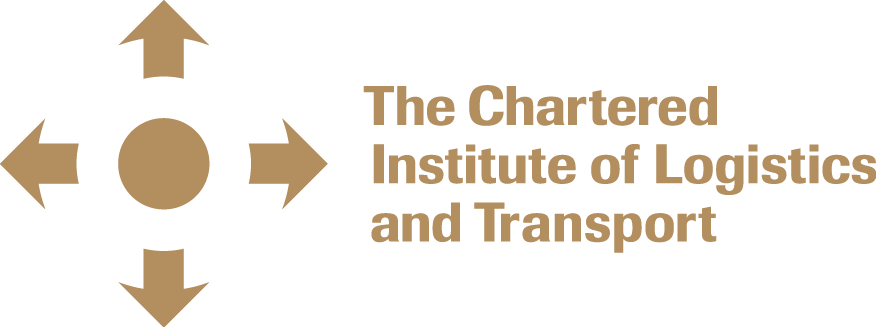Union Pacific (UP) is in preliminary discussions to acquire Norfolk Southern (NS), according to The Wall Street Journal, in what could become the largest freight rail merger in American history. If a deal happens, it would create the first coast-to-coast US rail network and mark a dramatic shift in the structure of US freight railroads.
The transaction, which would create a mega-railroad valued at $200 billion, would far exceed the $31 billion merger between Canadian Pacific and Kansas City Southern completed in 2023. However, UP and NS bring different freight portfolios to the table, and any proposed deal is expected to draw intense scrutiny from regulators.
Other Class I railroads BNSF Railway, CSX Transportation and Canadian Pacific Kansas City (CPKC) will likely be vocal in their opposition to any deal and look to rally support from shippers to block the move, setting the stage for a contentious regulatory battle.
UP and NS share a common commitment to the principles of precision scheduled railroading (PSR), an operations philosophy that emphasizes efficiency, asset utilization and cost control. But some in the analyst community have speculated that CSX could be a potential target of UP.
UP might also see more upside acquiring NS, which has underperformed CSX for several years financially and operationally. But from a freight mix perspective, UP more closely resembles CSX.
Since 2018, non-intermodal cargo has accounted for 53.8% of CSX’s volume, nearly identical to Union Pacific’s 55%, according to the Association of American Railroads (AAR). Non-intermodal accounts for just 43.4% of Norfolk Southern volume, with the majority being containerized freight.
UP CEO Jim Vena has been critical of intermodal at times because it doesn’t generate the high margins of commodities such as agricultural products, petrochemicals, plastics and construction materials.
“In the intermodal piece, I don’t know. I like the industrial and the bulk business,” Vena said last month at the Wells Fargo Industrials & Materials Conference. “I think the railroads have made some real strategically impactful decisions on how they handle intermodal that are not helpful.”
After a brief interjection from his chief financial officer, Vena added, “I didn’t say I didn’t love [intermodal customers].”
UP’s CEO is a protégé of the late E. Hunter Harrison, the creator of precision scheduled railroading. PSR practitioners measure operating ratios — i.e. the percentage of revenue that is absorbed by expenses. Lower operating ratios mean more revenue flows to the bottom line, driving profits.
To read the full article, click HERE.

